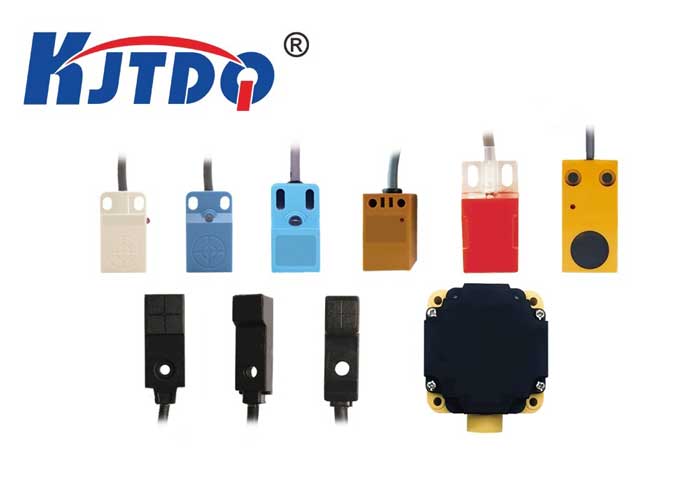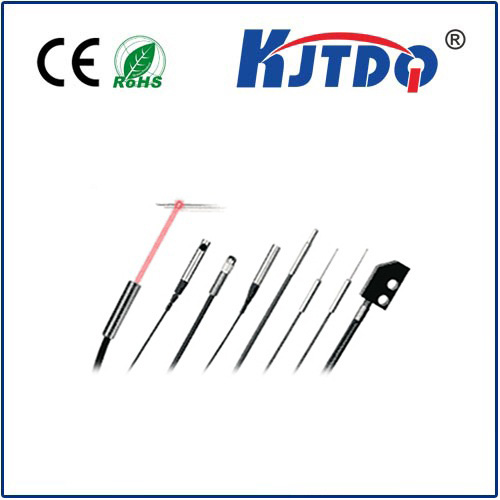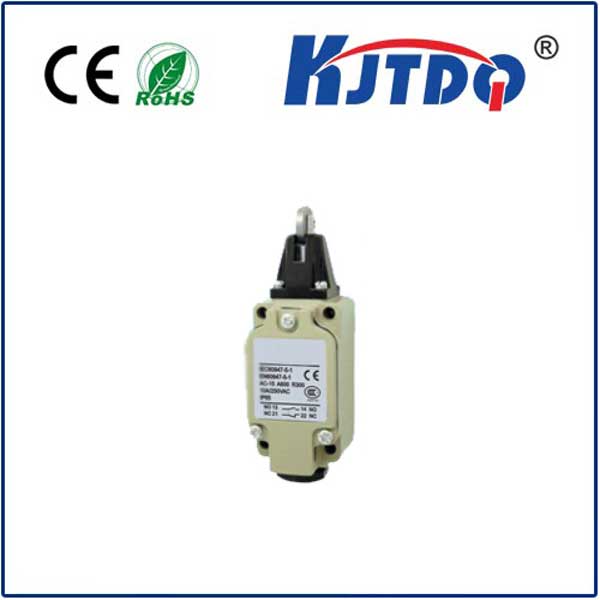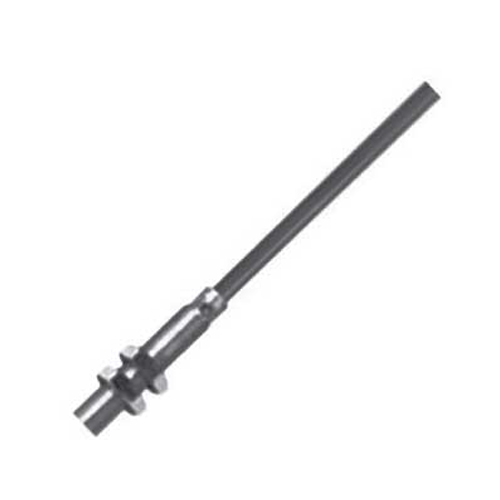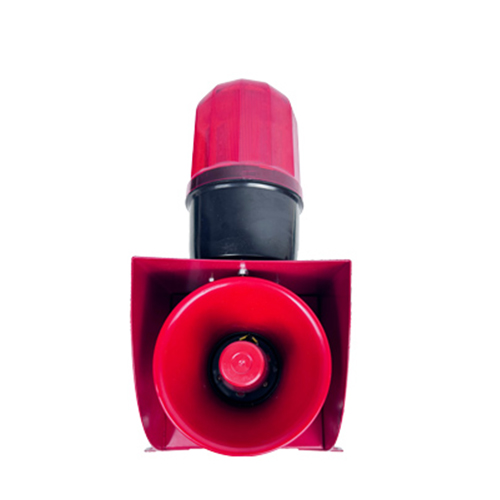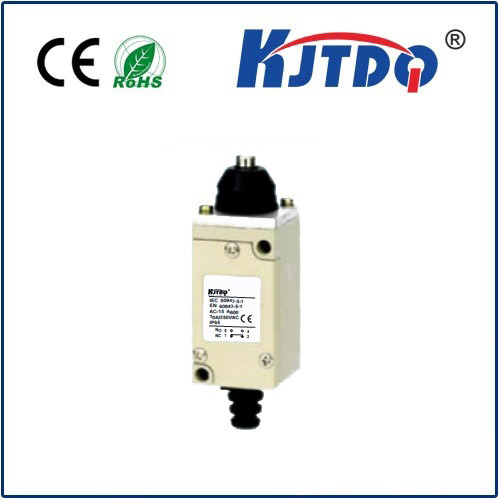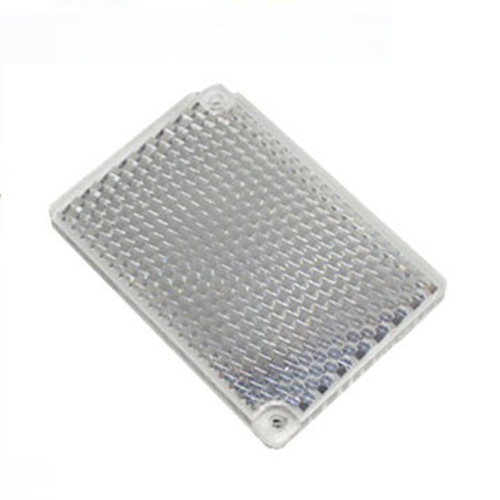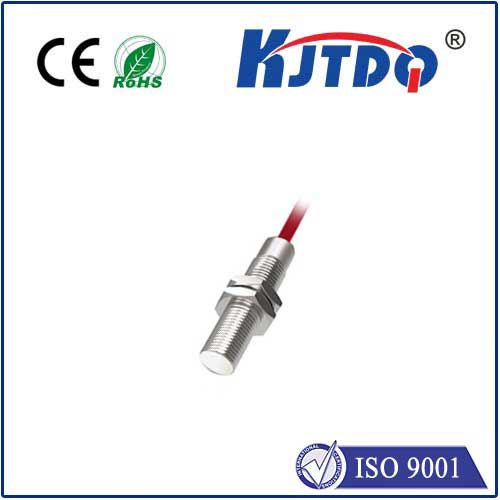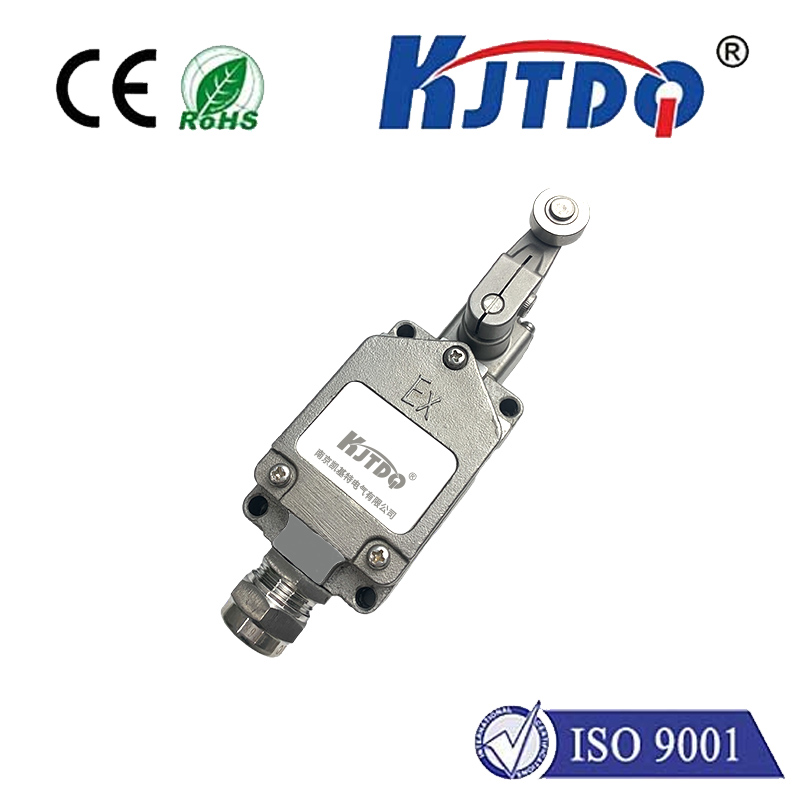vl53l0x tof sensor
- time:2025-08-29 04:24:36
- Click:0
VL53L0X ToF Sensor: Unlocking Precise Distance Measurement in a Tiny Package
Captivating Introduction:
Imagine a world where machines see distance as effortlessly as humans perceive light. Where robots navigate complex environments with millimeter precision, devices sense gestures intuitively, and industrial systems optimize processes by knowing “exactly how far.” This isn’t science fiction; it’s the tangible reality enabled by cutting-edge Time-of-Flight (ToF) technology, exemplified by the remarkably capable VL53L0X sensor. This tiny component packs transformative power, revolutionizing how we measure proximity and depth in countless modern applications. If you’re building anything requiring precise, compact, and reliable distance sensing, the VL53L0X ToF sensor deserves your undivided attention.
Understanding the VL53L0X: What Is It?

The VL53L0X, developed by STMicroelectronics, is a miniature laser-ranging sensor that employs Time-of-Flight principles. Unlike older ultrasonic sensors or basic infrared (IR) proximity detectors, it doesn’t rely on sound wave bounce times or reflected intensity variations susceptible to object color and ambient light. Instead, it emits a precisely timed, invisible laser pulse (Class 1 Eye-Safe, 940nm VCSEL) and measures the exact time it takes for that pulse to travel to a target and back to the sensor. Since the speed of light is a constant (~300,000 km/s), calculating the distance becomes a direct computation: Distance = (Speed of Light × Time-of-Flight) / 2. This fundamental approach grants the VL53L0X ToF sensor significant advantages in accuracy and reliability over alternatives.
Key Advantages of the VL53L0X Over Traditional Sensors
Why has the VL53L0X become so popular among engineers and hobbyists alike? Its superiority stems from several critical features:
- High Precision & Range: It delivers millimeter-level accuracy for targets up to 2 meters away – a vast improvement over IR sensors struggling beyond centimeters or ultrasonics plagued by beam spread and echo issues. This makes VL53L0X distance measurement ideal for applications needing fine detail.
- Compact Form Factor: Housed in a minuscule 4.4 x 2.4 x 1.0 mm package, it integrates the laser emitter, SPAD (Single Photon Avalanche Diode) detector, and sophisticated timing circuitry on a single chip. This small size enables its integration into space-constrained designs like smartphones, wearables, and miniature drones.
- Immunity to Target Properties: Because it measures time, not light intensity, the VL53L0X ToF sensor is largely unaffected by the target object’s color, texture, or reflectivity variations that notoriously confound IR sensors. Performance remains consistent whether measuring a black matte surface or a shiny white object.
- Low Power Consumption: Designed for battery-powered devices, it operates efficiently, often consuming only a few milliamps during active measurement and dropping to microamps in standby modes. This low power profile is crucial for mobile and IoT applications.
- Ambient Light Robustness: Advanced filtering algorithms allow it to function reliably even under challenging high ambient light conditions (up to 100k lux), where traditional IR sensors often fail completely. This robustness enhances reliability in real-world environments.
- Simple Integration: Utilizing the ubiquitous I2C communication protocol, connecting the VL53L0X to microcontrollers (like Arduino, Raspberry Pi, ESP32) is remarkably straightforward. Extensive open-source libraries (like Adafruit’s) abstract the complex underlying functionality, making development accessible.
Where the VL53L0X ToF Sensor Shines: Diverse Applications
The unique capabilities of the VL53L0X open doors to a wide array of innovative applications across industries:
- Robotics & Drones: Precise obstacle detection, collision avoidance, and ground height sensing for stable landing are critical. The VL53L0X provides the fast, accurate data needed for autonomous navigation in dynamic environments.
- Consumer Electronics: Enhancing user experience through features like automatic display wake/sleep (proximity sensing), touchless gesture recognition (sensing hand movements), camera autofocus assist, and lidar-like functions in smartphones and tablets.
- Industrial Automation & Logistics: Enabling precise object detection on conveyor belts, pallet presence sensing, warehouse inventory management (measuring stack heights), and robot positioning within production lines or automated guided vehicles (AGVs).
- Smart Appliances & Home Automation: Implementing hands-free operation for faucets, soap dispensers, or trash cans (proximity activation), liquid level sensing in tanks, and detecting human presence for smarter lighting and climate control.
- Personal Computers & Peripherals: Implementing “walk-away lock” features on laptops by detecting user presence, or adding gesture control to monitors and accessories.
- Measurement Tools: Creating compact digital tape measures, laser pointers with distance feedback, or integration into DIY surveying equipment where portability and reasonable accuracy are key.
Practical Implementation Considerations
While the VL53L0X is powerful, achieving optimal results requires understanding a few nuances:
- Optics & Alignment: The sensor has a relatively narrow field of view (typically around 25 degrees). Ensure it’s properly aligned with your target area. Avoid physical obstructions over the sensor window. External optics can sometimes be used to shape the beam for specific needs.
- Measurement Modes: The VL53L0X offers different operating modes balancing speed, range, and accuracy (e.g., High Speed, High Accuracy, Long Range). Choosing the right mode for your application is crucial. Long Range mode extends reach but slightly reduces accuracy and increases power consumption.
- Calibration & Crosstalk: For multi-sensor setups (e.g., multiple VL53L0Xs on one device to cover different directions), crosstalk (interference from one sensor’s laser hitting another’s detector) must be mitigated. ST provides calibration procedures involving physical barriers and firmware adjustments to address this. Proper calibration is essential for multi-sensor reliability.
- Target Surface: While highly resistant, extremely dark or highly absorbing materials at longer ranges can sometimes push the limits of the return signal strength, potentially affecting accuracy. Testing with your specific targets is recommended.
- Libraries & Resources: Leverage the excellent open-source libraries and extensive documentation (datasheets, application notes) available from STMicroelectronics and the community (e.g., Adafruit, PlatformIO). These significantly accelerate development.
The VL53L0X ToF sensor represents a significant leap forward in accessible, high-performance distance sensing technology. Its combination of compact size, exceptional accuracy, robustness, and ease of integration makes it a versatile solution for designers tackling challenges in robotics, consumer tech, industrial systems, and countless innovative projects. By harnessing the fundamental principle of light speed measurement, this tiny sensor empowers devices to perceive distance with remarkable precision, opening new frontiers in interaction, automation, and intelligence. Whether you’re prototyping a new gadget or designing a






